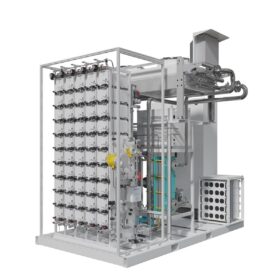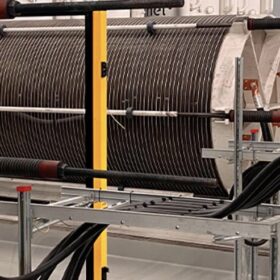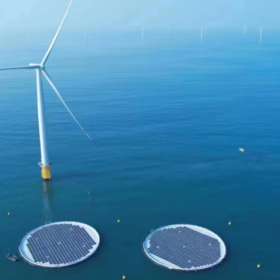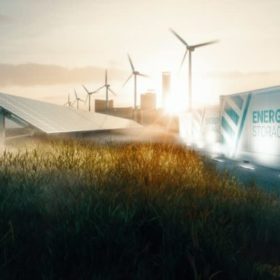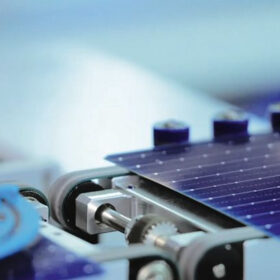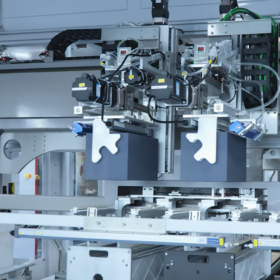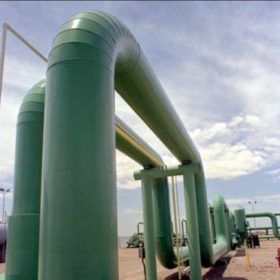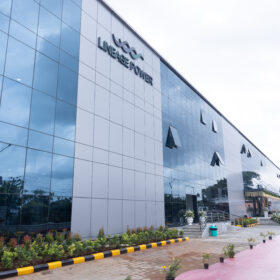OGO Energy partners Singapore’s noco-noco on battery separator technology
OGO Energy will manufacture battery packs incorporating its battery management system and battery cells with improved longevity and heat-resistance made possible by noco-noco’s X-SEPA separators.
Enapter introduces new electrolyzer
Enapter has unveiled its new AEM Flex 120 electrolyzer, which is designed to expedite the deployment of hydrogen projects in the industrial and refueling sectors, with a daily production capacity of approximately 53 kg.
The Hydrogen Stream: World’s first green hydrogen plant to heat steel
Hitachi Energy has delivered a modular solution to electrify a 20 MW electrolyzer to produce hydrogen to heat steel before rolling, while Enapter has unveiled its AEM electrolyzers for industrial and refuelling pilot projects.
Indian scientists making high-purity polysilicon ingots from recyled PV cells
Indian scientists have produced high-purity polysilicon ingots from recycled solar cells using “spark plasma sintering” (SPS), and claim they may achieve a purity level comparable to commercially available products.
Gautam Solar granted patent for innovation in PV module production
Gautam Solar claims its bussing tool reduces manual work by over 50% and doubles solar panel yield, at a fraction of the cost of an automatic machine.
UK firm to supply argon recycling technology to 2 GW Mundra solar facility
Surrey-based Gas Recovery and Recycle Ltd (GR2L) will supply its ArgonØ machinery that can recycle up to 95% of argon used in the fabrication of silicon wafers for solar panels.
Researchers claim PV near railway tracks is technically feasible
Despite soiling and mechanical stress, PV deployed between or close to rail tracks is not just a crazy idea, states a Bangladeshi-Australian research group. The scientists conducted a techno-economic analysis on a 128 kW demonstrator and found it may achieve a levelized cost of energy of only $0.052/kWh.
The Hydrogen Stream: Researchers test marine green hydrogen feasibility
Mexican researchers have revealed test results for offshore wind-based hydrogen production, while Turkey has started negotiating hydrogen facility partnerships with the United Arab Emirates.
Hygenco, Al Jomaih Energy to jointly explore green hydrogen projects in Saudi Arabia
Hygenco develops end-to-end green hydrogen and green ammonia assets on a build-own-operate and build-own-operate-transfer basis.
Getting to the bottom of TOPCon degradation
Should the industry be alarmed at the potential degradation susceptibility of tunnel oxide passivated contact (TOPCon) solar cells? Or are the problems easily addressed and more a reflection of rushed-to-market products? pv magazine contributor and consultant Götz Fischbeck reports.

